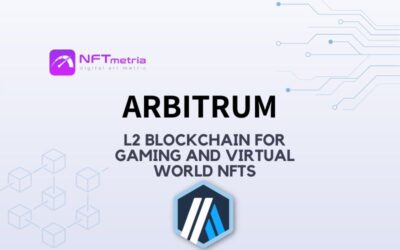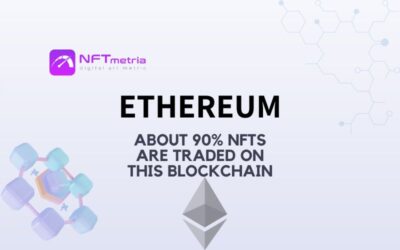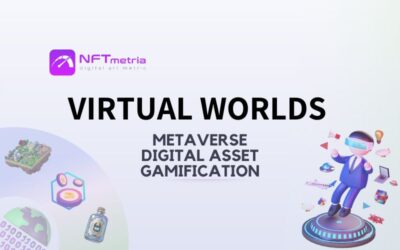Arbitrum is a powerful Layer 2 (L2) blockchain that runs on Ethereum, making it easier for developers to manage smart contracts and decentralized applications at faster speeds and with lower transfer fees. As a result, the blockchain quickly became one of the most popular L2 Ethereum solutions within months of its launch in 2022 with a staggering number of transactions, applications, and a Total Value Locked (TVL) ahead of the competition.
What is Arbitrum Blockchain?
Arbitrum is a second layer scaling solution for the Ethereum blockchain that facilitates fast and efficient transactions with reduced gas fees. This is a product of the Offchain Labs team aimed at improving the scalability of Ethereum. Arbitrum uses a unique consensus mechanism called Optimistic Rollup, which allows the mainnet to scale by processing batches of off-chain transactions before validating them on the main chain. Thanks to this, the Ethereum network remains secure and decentralized, and transactions are processed much faster and cheaper.
Arbitrum also provides interoperability between different Ethereum second layer solutions, allowing developers to seamlessly move tokens and assets between different second layer solutions. This makes it easier for developers to build complex decentralized applications that require multiple second layer solutions.
As for NFTs, Arbitrum provides a more economical and faster way to create and trade NFTs. With this blockchain technology, NFT transactions and interactions can happen more smoothly and with lower fees. This could potentially pave the way for wider adoption and use of NFTs.
Native Arbitrum blockchain token
Since Arbitrum is a second-level blockchain, ETH acts as a payment for gas. But nevertheless, there is a utility token – ARB, which was launched in 2023 through an airdrop to active users of the Arbitrum network. To date, the market capitalization of the ARB token has exceeded $1.43 billion, and the exchange rate is 1 ARB = $1.12.
How does the Arbitrum blockchain work?
Arbitrum works by using an off-chain computing system to process transactions quickly and securely, and then transmits the results back to the main Ethereum blockchain.
It looks like this:
- Since the network uses off-chain computing based on Optimistic Rollup to process transactions, it works similarly to Optimism – transactions are performed initially on the second-level chain,
- Then they are transferred to the Ethereum main network for the final verification of the transaction,
- But at the same time, Arbitrum has a Sequencer, which is centrally managed, which assumes the processing of transactions on a first-come, first-served basis, and not on the priority of gas set per transaction.
That is, the Sequencer arranges transactions at the second level on top of Ethereum, then, using Optimistic Rollup, the transactions are broadcast to the parent chain of the same Ethereum in the form of compressed packages, where they are executed.
Standarts of NFT smart contract for the Arbitrum blockchain
To ensure compatibility and ease of use, NFT creators on Arbitrum are encouraged to follow the ERC-721 and ERC-1155 standards, which have been adapted for use on the Arbitrum network.
These standards provide a set of rules and guidelines for creating and managing NFTs on the network, including token metadata, ownership tracking, and transfer rules. This is because in this way NFTs will be more compatible with other smart contracts and marketplaces on the network, enabling more efficient and hassle-free transactions.
What consensus mechanism does the Arbitrum blockchain use?
Arbitrum uses a consensus mechanism called Optimistic Rollup. In this mechanism, a batch of transactions is processed off-chain and transmitted to the main chain as a single transaction, which reduces the load on the main chain and increases the speed of transactions. This method ensures the security of transactions by assuming that any malicious activity will be challenged by users and validators in case of any disagreement. Once the challenge is accepted, the disputed transaction will be rolled back and validated, ensuring the security and integrity of the network.
Overall, the Optimistic Rollup consensus mechanism allows the blockchain to improve the scalability, throughput, and cost-effectiveness of the Ethereum network without sacrificing security. And the main load with such a consensus mechanism is performed by the Ethereum network.
What are the main applications of the Arbitrum blockchain?
The areas of application of Arbitrum are as follows:
- Games;
- DeFi;
- Collectibles;
- Gambling;
- NFTs;
- Social;
- Web 3.0.
Arbitrum blockchain ecosystem
The Arbitrum ecosystem consists of more than 200 dApps of various categories:
- Games,
- DeFi,
- Social,
- Casino,
- Marketplaces and others.
The list doesn’t end there. Above are the most popular applications of this blockchain.
Popular dApps on the Arbitrum blockchain
The most popular dApps on Arbitrum are:
- UniSwap,
- Stargate Finance,
- Camelot,
- Gridex,
- Radiant.
What is Arbitrum NFT?
Arbitrum NFTs are NFTs created on the Arbitrum blockchain. Basically, creators use this blockchain for Gaming NFTs or Virtual World NFTs due to lower gas fees and speeds.
Top Arbitrum NFT Collections
The most popular projects on the Arbitrum network are:
- Smol Brains (Legacy),
- Bridgeworld Legions,
- The Beacon.
They are collections of Gaming NFTs or Virtual World NFTs.
Smol Brains (Legacy)
Smol Brains (Legacy) are monkey dynamic PFPs. Smol Brains is part of the Smolverse, a progressive virtual world. The collection was created in August 2022 and has a secondary trading volume of over 3k ETH.
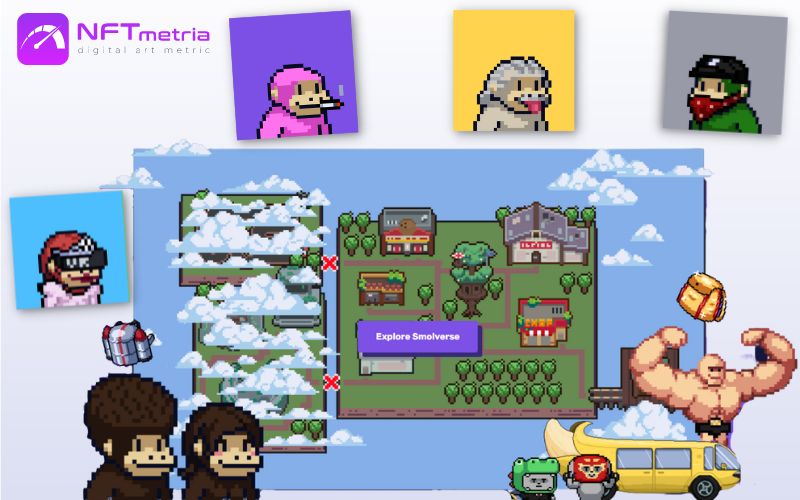
Bridgeworld Legions
Bridgeworld Legions is a collection of NTF characters who are dedicated to exploring and expanding the treasure ecosystem through Bridgeworld. The collection was created in August 2022 and has a secondary trading volume of over 2k ETH.
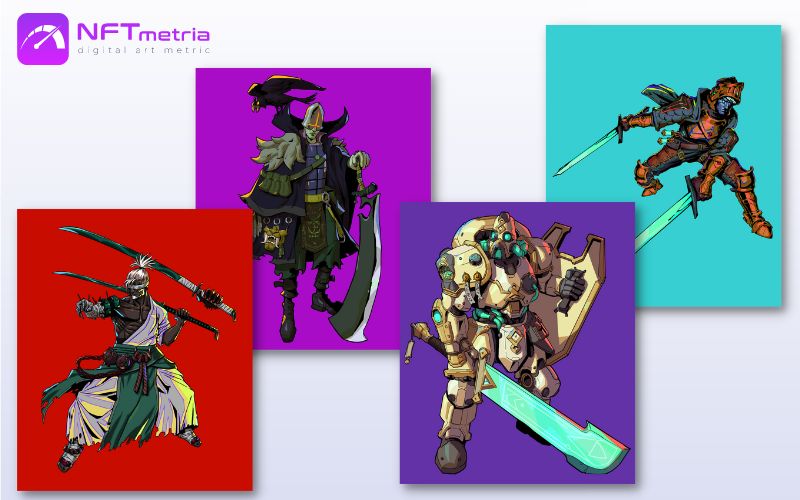
The Beacon
The Beacon is an F2P action roguelite RPG in development. The collection was created in November 2022 and has a trading volume on the secondary markets of more than 2.1k ETH.
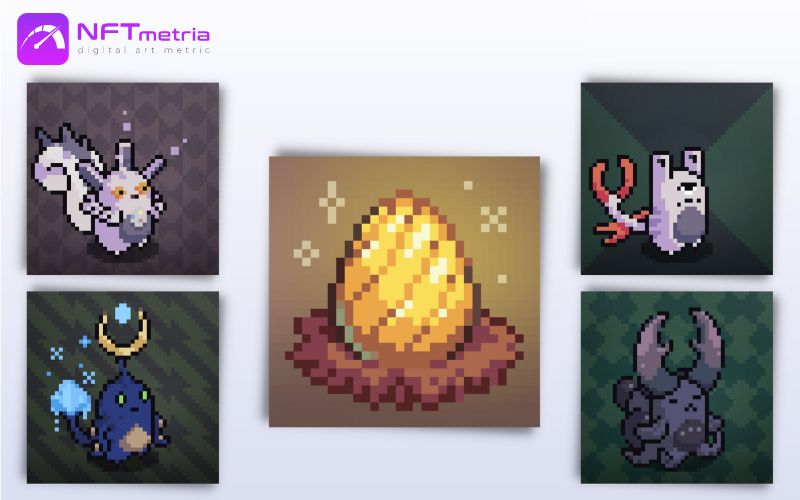
Which wallets are suitable for holding Arbitrum NFTs?
Almost all wallets that support EVM networks are suitable for storing NFT Arbitrum. The most popular wallets are:
- Metamask,
- Trust Wallet,
- Zerion Wallet,
- Ledger.
How to buy Arbitrum NFTs?
You can buy Arbitrum NFT on NFT marketplaces, as well as on centralized exchanges with their subsequent withdrawal to the wallet. For this you need:
- Register and pass identity verification.
- Install a wallet that supports Arbitrum NFT, for example, Metamask. It has the ability to buy ETH directly from the wallet using a bank card (it is worth considering that not all regions are supported by providers, as well as different commissions depending on the region).
- With the help of P2P trading, buy ETH and buy NFT in a special section of the centralized exchange.
Where to buy Arbitrum NFTs?
You can buy Arbitrum NFTs on marketplaces. The most popular among them:

